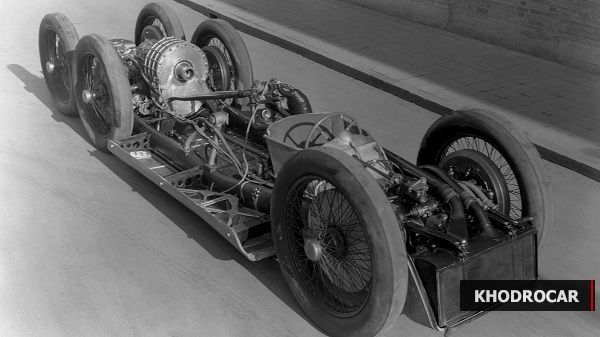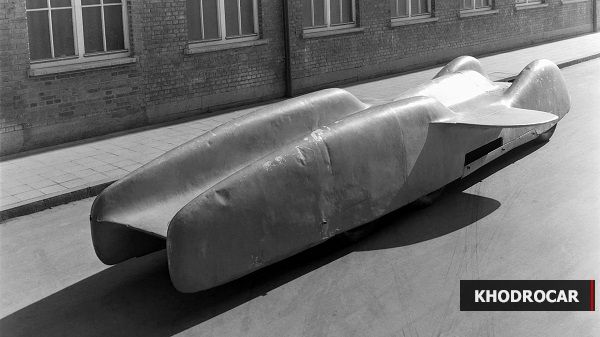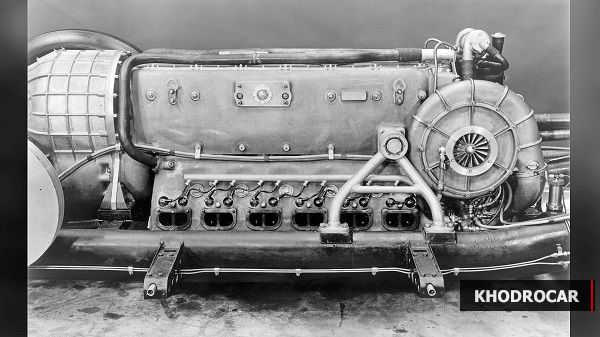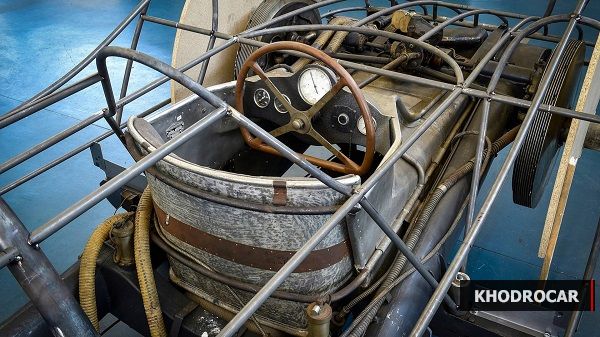Ah, yes, the land speed world record. The title of being the fastest vehicle on land.
However, did you know that Mercedes almost had the shot at breaking the land speed record in the late 1930s? The project was called the Mercedes-Benz T80 world record project vehicle. It had the heart of an aircraft engine, poised to conquer the speed records set by the Brits during that time. Now, why almost? Read along.
During the mid-‘30s, race car driver Hans Stuck had a dream to break the absolute world land speed record that’s currently set by British drivers at that time. It was a big project, that’s why he sought help from Wilhelm Kissel, the Chairman of the Board of Management of Daimler-Benz AG in the 1930s, air force general Ernst Udet, and engineer Ferdinand Porsche. If the latter’s sounds pretty familiar, yes, Porsche was designing cars for Mercedes during that period and for this project.
After several shenanigans and complications, the project was completed – a three-axled, 27-foot long car that’s pegged to achieve a maximum speed of 650 kph (404 mph). It’s powered by a V12 DB 603 cutaway engine, an aircraft power plant. It’s target? To break the existing record at that time: 595.04 kph (370 mph) by John Cobb.
All was looking great and it seemed like Stuck was on his way to become the driver of the fastest land vehicle of the 1930s. What was the problem then?
Unfortunately, World War II broke out even before Stuck was able to attempt to break the world record. The DB 603 aircraft engine was removed from the T80 and the vehicle was moved to safety. The T80 survived the car but the project didn't make a return.
The T80 world record project vehicle is now on display at the Mercedes-Benz Museum in Stuttgart.






Source: Motor 1
Latest News


